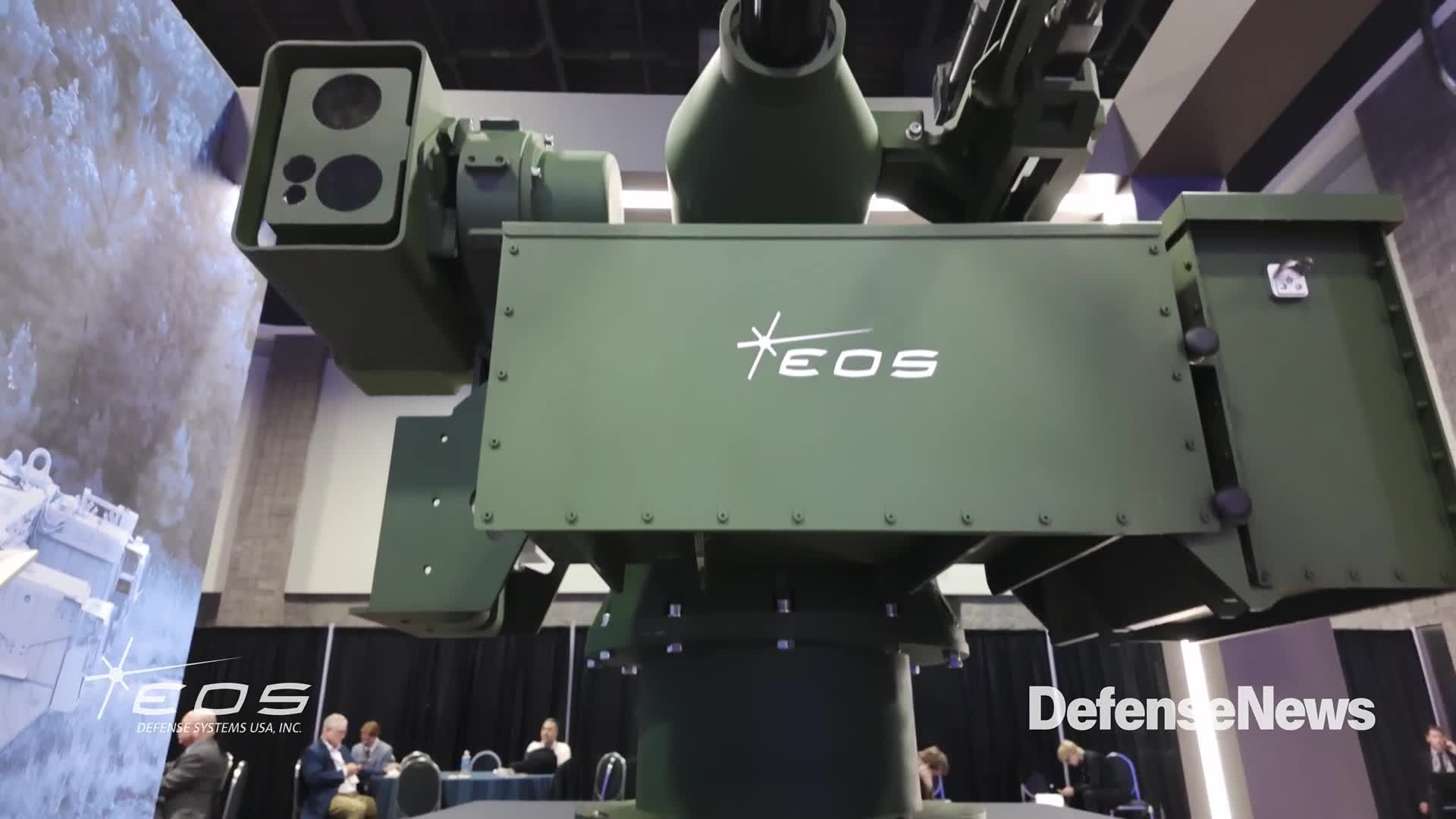Correction: A previous version of this story misidentified an air defense system Pakistan acquired. The country has not acquired the High Mobility Air Defense System but rather the High to Medium Air Defence Weapons System.
ISLAMABAD — The Pakistan Air Force has revealed the existence of a hypersonic missile capability, noting on social media and in a news release that the weapon is part of a wider modernization effort “to counter evolving threats.”
The service said the capability is meant to help create a “potent force and to rebalance the power dynamics in the region” under the leadership of Air Chief Marshal Zaheer Ahmed Baber Sidhu.
Other modernization efforts have included the “acquisition of J-10C fighter jets, Unmanned Aerial Systems, modern electronic warfare platforms, force multipliers, state-of-the-art integrated air defense systems, air mobility platforms, [and High to Medium Air Defence Weapons Systems],” the service said.
The Air Force did not respond to Defense News’ questions by press time for further information about the hypersonic missile.
Pakistan’s main supplier of military equipment, China, unveiled its air-launched YJ-21E hypersonic missile at the 2022 Zhuhai Airshow. However, a H-6K Badger bomber carried the weapon — an aircraft type not in service with Pakistan.
Timothy Wright, a military analyst the International Institute for Strategic Studies think tank, said Pakistan’s hypersonic missile is likely not a new weapon, but rather the CM-400AKG, which the country acquired five years ago for its JF-17 Thunder jets. The service’s release included a video featuring the CM-400AKG missile.
“According to the missile’s manufacturer [Aviation Industry Corporation of China], the CM-400AKG can travel at hypersonic [Mach 5-plus] speeds,” he told Defense News. “However, there has not been an independent assessment of this claim.”
“It is possible the missile is instead a high-supersonic system” reaching speeds between Mach 3 and Mach 4.9, he added.
However, he said, Pakistan’s claim that it has a hypersonic-capable missile may be due to factors during the specific launch.
“The missile’s high speed might be achieved by the missile’s supposed flight trajectory, most of which takes place at high altitudes where it will encounter less drag, after which the missile descends toward its target,” he explained.
Usman Ansari is the Pakistan correspondent for Defense News.








